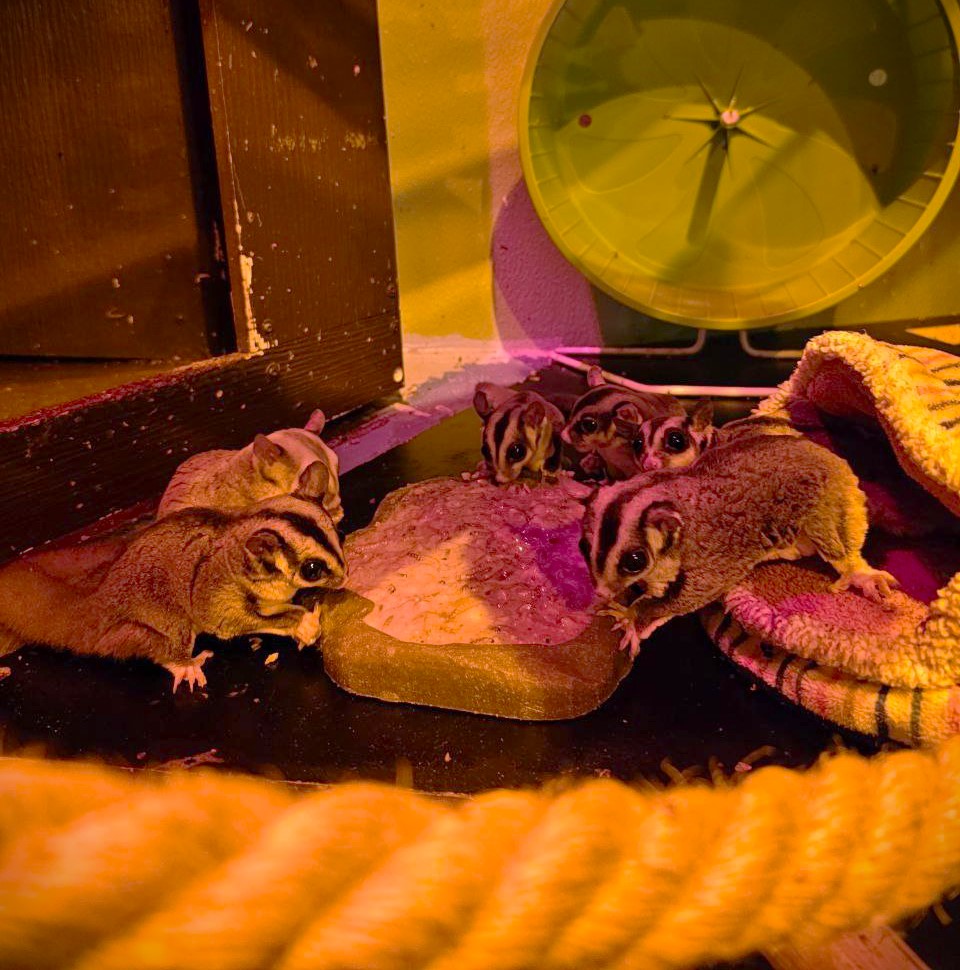SeaQuest Guide to Jellyfish!
Share it on:

What is a Jellyfish?
Jellyfish are fascinating creatures that can be found in coastal waters all around the world. The name Jellyfish is an informal name that has been given to the medusa-phase of certain gelatinous members of the subphylum Medusozoa.
Jellyfish are free-swimming marine animals known for their umbrella-shaped bell heads and long tentacles. This bell creates propulsion allowing the jellyfish to glide about efficiently in the water. They have tentacles that are armed with stinging cells which they use to capture prey and defend against predators.
Jellyfish are made up of about 98% water. As one of the simplest animals on earth, jellyfish don’t have lungs, they can breathe through their exceptionally thin skin. Jellyfish also do not have a heart or brain organ. Instead, they have a network of nerves that guide their senses in a visual way. This allows them to have a clear understanding of their surroundings.
Jellyfish can form into large groups or “smacks.” These smacks can then congregate into larger groups called blooms, which can consist of over a thousand jellies. Blooms are known to form in the warmer, summer months due to the rise in water temperatures. This encourages jellyfish to reach maturity more quickly.
How Many Types of Jellyfish Are There?
There are more than 2,000 known types of jellyfish species that can be found around the world. The world’s largest jellyfish is the Nomura’s jellyfish, Stygiomedusa gigantea, which has only been seen in the wild 17 times in the last 100 years. Out of all the identified jellyfish species, only 70 can be harmful to human beings. The box jellyfish (Chironex flecker) are among the most dangerous. Here’s a brief list of some of the most popular jellyfish species:
- Moon Jellyfish
- Box Jellyfish
- Immortal Jellyfish
- Crystal Jellyfish
- Lion’s Mane Jellyfish
How Big Do Jellyfish Get?
Most jellyfish species only grow between 1 inch to 16 inches. The world’s largest jellyfish species, Lion’s Mane, grows to an average of about 3 feet – but some have been found as big as 6 feet or longer!
What Do Jellyfish Eat?
Jellyfish are like other cnidarians which are generally carnivorous. They feed on mostly planktonic organisms, crustaceans, small fish, fish eggs and larvae.
How Long Do Jellyfish Live?
The typical lifespan of most jellyfish species is 1 year.
Do Jellyfish Glow in the Dark?
Yes! Some jellyfish species are bioluminescent, which means they radiate bright colors in the dark or at night. These types of jellyfish have a light-producing organ called a photophore. This organ is designed as a means of protection, to ward off predators. However, it’s extremely beautiful to look at in the dark water.
Did You Know? Jellyfish are believed to be the oldest multi-organ animal species in the world! They have been traced back at least 500 million years and possibly even 700 million years or more, which would make them older than the earliest dinosaurs!
Are Jellyfish Dangerous to Humans?
The simple fact is jellyfish do sting and can cause harm and injury to humans. About 150 million people around the world are exposed to jellyfish every year. There are some locations such as Florida, Australia, and Japan that have high case rates of jellyfish stings or injuries each year. It’s estimated that about 100 human lives are lost per year as a result of jellyfish stings in different parts of the world such as Thailand, the Philippines, and Indonesia.
Are Jellyfish Endangered?
At this time, the jellyfish species as a whole are not listed as endangered or threatened, though due to climate change and ocean pollution, they are at risk of becoming vulnerable in the wild very quickly.
SeaQuest is committed to protecting our world’s oceans and endangered animals. We focus on how to be proactive in finding solutions. To see Jellyfish in person and learn more about how you can help SeaQuest protect endangered animals, book your visit today at any of the following locations: Utah, Las Vegas, Dallas-Fort Worth, Denver, Sacramento, Minneapolis, Connecticut, Lynchburg, New Jersey, and Atlanta.
~Vince Covino




